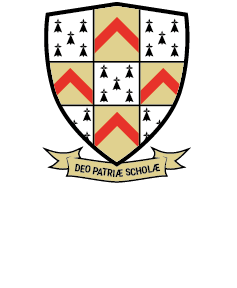Design and Technology: Product Design
Why study A Level Design and Technology (Product Design)?
Every product that we rely upon for our everyday life was once just an idea in someone’s head. This course enables students to learn about the journey a product takes from concept, through development to making and testing and evaluating the product itself. This experience of project management is a powerful one for students to gain and is compatible with the attributes that both employers and universities consider valuable.
How will I be assessed?
There are three units of assessment. These comprise of two examination papers, both of which assess the students’ knowledge and understanding of technical principles, design and making principles, and specialist knowledge. Examinations are 2½ hours and 1½ hours long and each account for 25% of the A Level. What differs between the papers is the style of questioning and the answers the students are expected to give. Paper 2 also includes Product Analysis and Commercial Manufacture.
Non Examination Assessment (NEA) is the coursework task which is worth 50% of the A Level. This is a single substantial design and make task. NEA involves a wide variety of research, evaluation, design and making tasks that students complete in equal measure. Context of the task is determined by the student.
Entry requirements
This course is ideal for those who have studied GCSE Design and Technology and have gained at least a Grade 5.
It is potentially suitable for someone who has not studied Design and Technology at GCSE but has demonstrated equivalent attainment in another creative subject e.g. Art / Food Preparation. It is suitable for students who thrive on coursework based subjects, but also have academic qualities.
Where can A Level Design and Technology lead?
This course leads to a vast array of opportunities in further education, higher education and modern apprenticeships in the design related industries. These may be Graphic Design, Product Design, Furniture Design, Silversmithing and Jewellery Design, Textile Design, Transport and Automotive Design, Interior Design, Theatre Design, Ceramics, Glass Design and Fashion Design (there are lots of others). It is a sound grounding for Architecture and its related courses. It can also lead to careers in Engineering, Project Management as well as careers in Design Education.
A Level in Design and Technology will encourage learners to:
- Work collaboratively to develop and refine their ideas, responding to feedback from users, peers and expert practitioners
- Develop the capacity to think creatively, innovatively and critically through focused research and the exploration of design opportunities arising from the needs, wants and values of users and clients
- Develop an in-depth knowledge and understanding of materials, components and processes associated with the creation of products that can be tested and evaluated in use
- Develop the ability to draw on and apply a range of skills and knowledge from other subject areas, including the use of mathematics and science for analysis and informing decisions in design.
Staff
The following members of staff form the Design and Technology department at King Edwards:
| Staff Member | Job Title |
| Mr N Barratt | Head of Department |
| Miss N Hill | Teacher of Design and Technology |
| Miss Z Love | Teacher of Design and Technology |
| Miss C Carvajal | Teacher of Design and Technology |
| Mrs C Sheasby | Lead Teacher for Food Preparation and Nutrition |
| Mrs R Slater | Teacher of Food Preparation and Nutrition |
| Mrs E Taylor | Design and Technology Technician |

